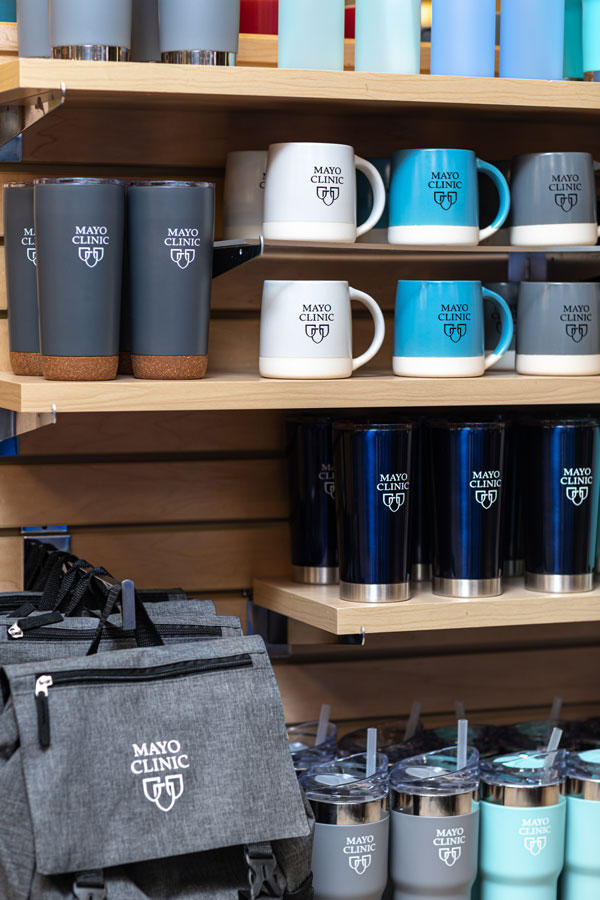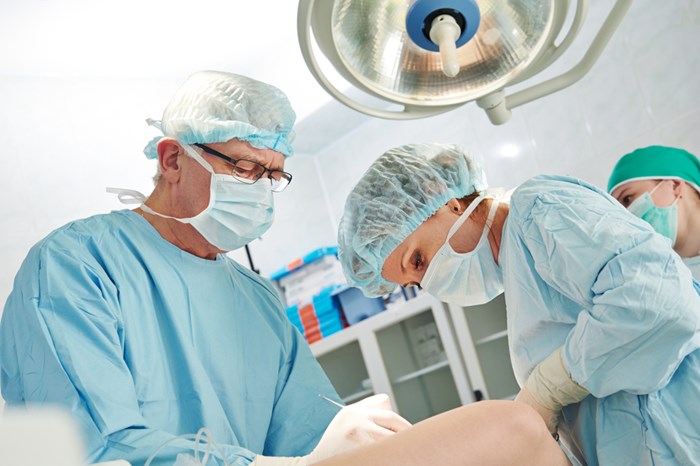
Two options for breast surgery are available: Breast reconstruction can be performed with implants or with your own tissue. An autologous reconstruction is when the doctor uses the woman's back muscle and fat, as well as her lower abdominal segment. A mastectomy can be done on a woman who is nipple or skin-sparing. Both of these methods can result in scarring. Breast surgeries are not right for everyone.
Breast reduction surgery
Most breast-reduction surgeries can be done as an outpatient procedure. Patients may experience swelling and discoloration immediately after the procedure. This swelling will gradually disappear. The stitches and bandages will be removed within a few days. Patients should refrain from engaging in strenuous activity for approximately a month. There will be some discomfort after a breast reduction, but they will become less noticeable and more natural over time. The results of surgery can be seen six to twelve months after the procedure.
Following surgery, the surgeon will make incisions along the natural breast crease. These incisions will be used to remove excess fat and skin. Some women may have their breasts raised. The surgeon will close incisions using internal or external stitches. It is possible that the patient will need to stay overnight for recovery. The patient will be discharged from the hospital after the procedure. It will take two to five hours to complete the surgery.

Mastectomy with nipple-sparing
Nipple-sparing breast surgery is an alternative to traditional radiation treatment. This procedure preserves the patient’s natural breasts while avoiding the radiation risks of radiation treatment. While not all women who have this procedure will choose to avoid radiation, around 30% of cases that undergo a full mastectomy may not need radiation treatment. This procedure is suitable for women with large and small breasts.
This type of surgery is not widely available, but the results are positive. This type of surgery preserves all of the breast skin including the nipple as well as the darker circles of skin around it. Usually, a breast reconstruction is performed immediately following a NSM. Although it is still not widely used for mastectomy, it has become an increasingly popular alternative to traditional breast cancer treatments. Its many benefits outweigh the drawbacks.
Skin-sparing mastectomy
A skin-sparing mastectomy is a surgical procedure in which all of the breast skin, excluding the nipple and areola, is preserved. This allows the surgeon to reconstruct the breast without scarring. The surgeon will use a flap or implant to replace the lost volume. There are two types. A TRAM flap and a Latissimus. Both use the tissue and muscle of the breast to reconstruct it.
The skin-sparing procedure for mastectomy offers many benefits, including the preservation or the native skin layer. The cosmetic results of a breast reconstruction are improved by the preservation of the native skin and inframammaryfold. It reduces the need for contralateral Symmetrizing Surgery. However, skin-sparing matectomies come with a variety of risks.

Modified radical mastectomy
You may be concerned about the risks associated to a radical mastectomy. A modified radical mastectomy reduces the amount of tissue removed from the breast and lymph nodes. This type can also preserve breast tissue. However, not all surgeons are trained to perform these procedures, and you should consult with your doctor before deciding which surgery to have.
Most hospitals have adopted a traditional, modified radical mastectomy. However, it is not widely used. Modified radical mastectomy techniques are geared towards protecting the anterior nerve and the intercostobrachial. These nerves are to be preserved for sensory functions only. These techniques are similar to those used by Halsted Meyer, Patey, and Meyer. Moore61 in 1867 described one such method.